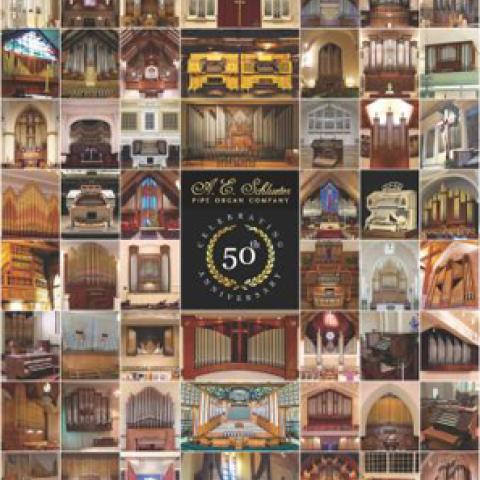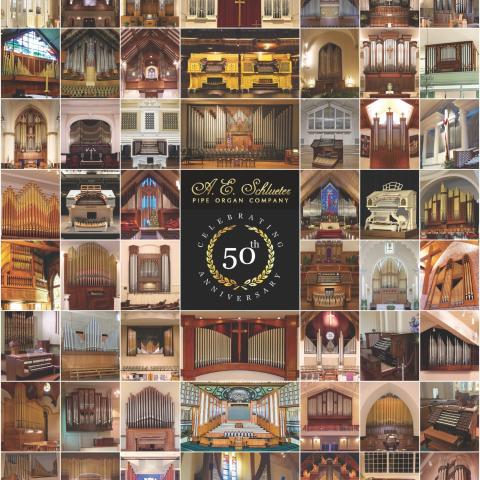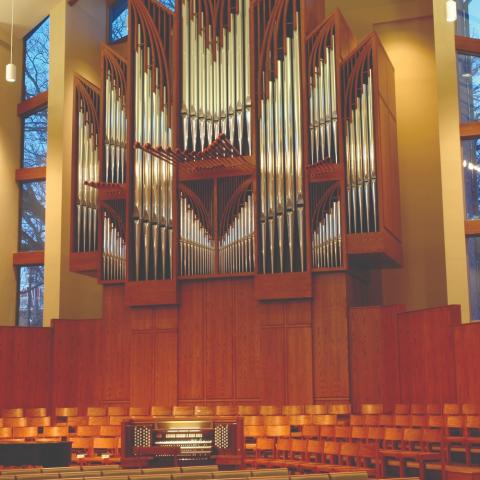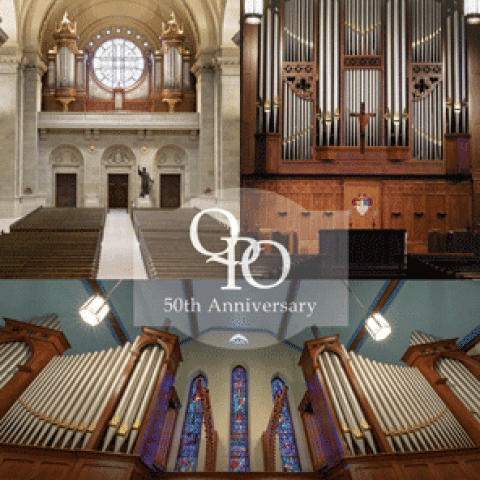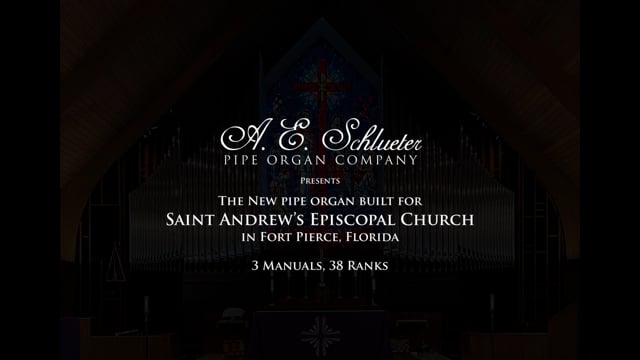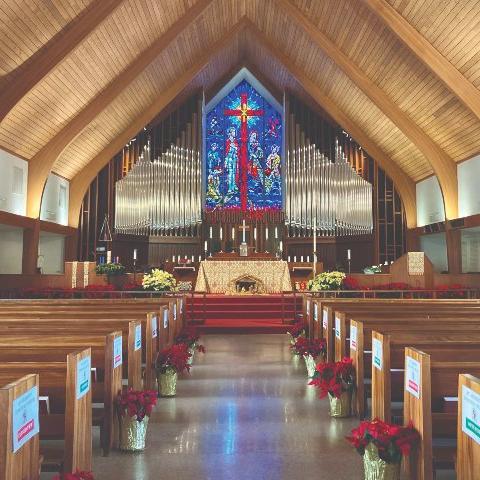A. E. Schlueter Pipe Organ Company celebrates its 50th anniversary.
On December 21, 2023, A. E. Schlueter Pipe Organ Company employees gathered to celebrate the company’s 50th anniversary. A beautiful engraved blue and clear glass “award” was presented to company founder Arthur E. Schlueter, Jr., to commemorate 50 years of business, 1973–2023. Arthur E. Schlueter, Jr., started the celebration with prayer and thanks for staff. Certificates of achievement were awarded to long term employees. Much appreciation and love was expressed to Marc Conley, as this event marked the beginning of his retirement and move to be close to grandbabies.
Music credits: from “Joy to the World” CD: Herb Buffington playing the A. E. Schlueter pipe organ at Immaculate Heart of Mary Catholic Church, Atlanta, Georgia; Improvisation on “Good King Wenceslas.”
The company's 50th anniversary is featured on the cover of the April 2024 issue of The Diapason:
https://www.thediapason.com/content/cover-feature-e-schlueter-pipe-organ-company-50th-anniversary
For information: https://pipe-organ.com/

